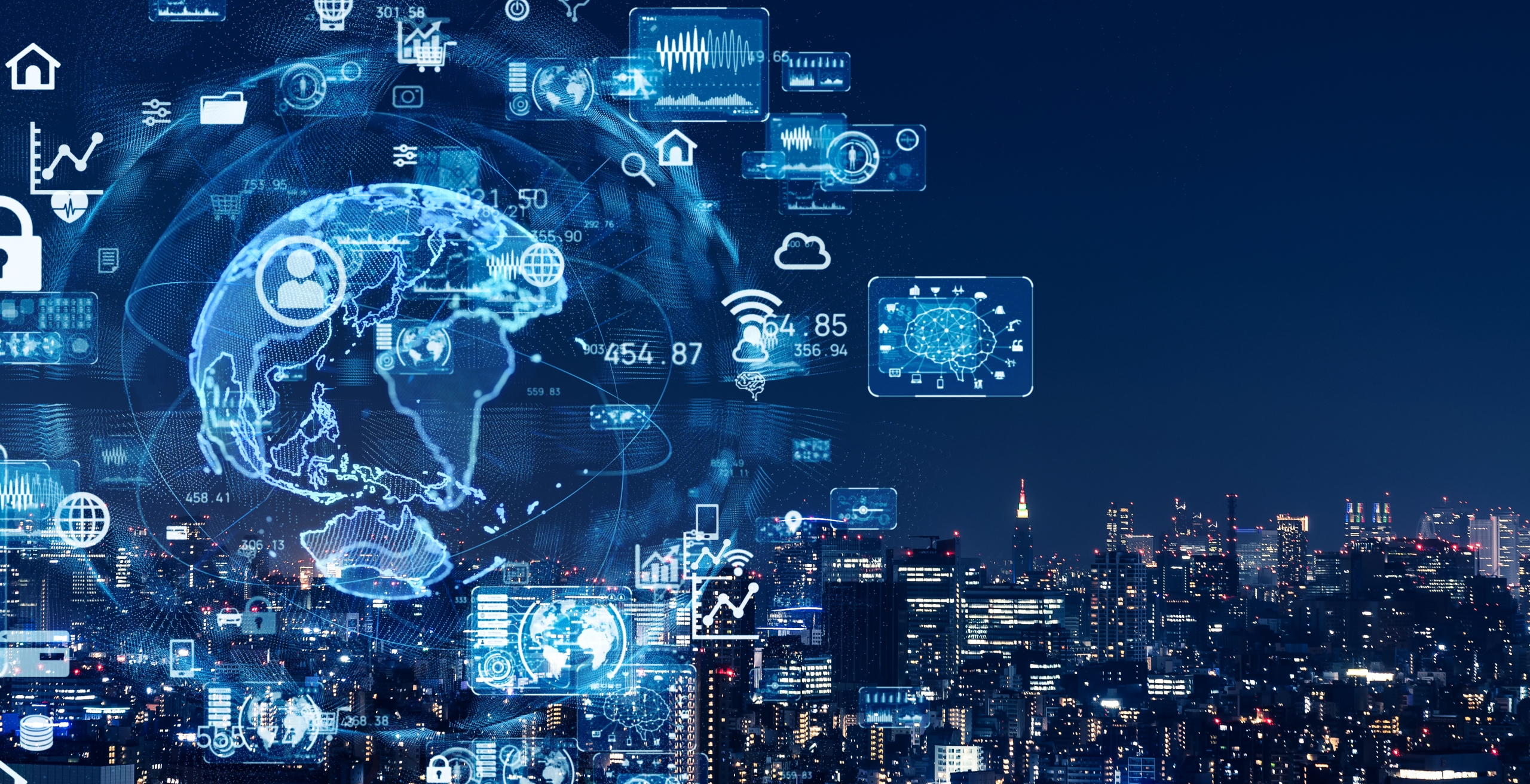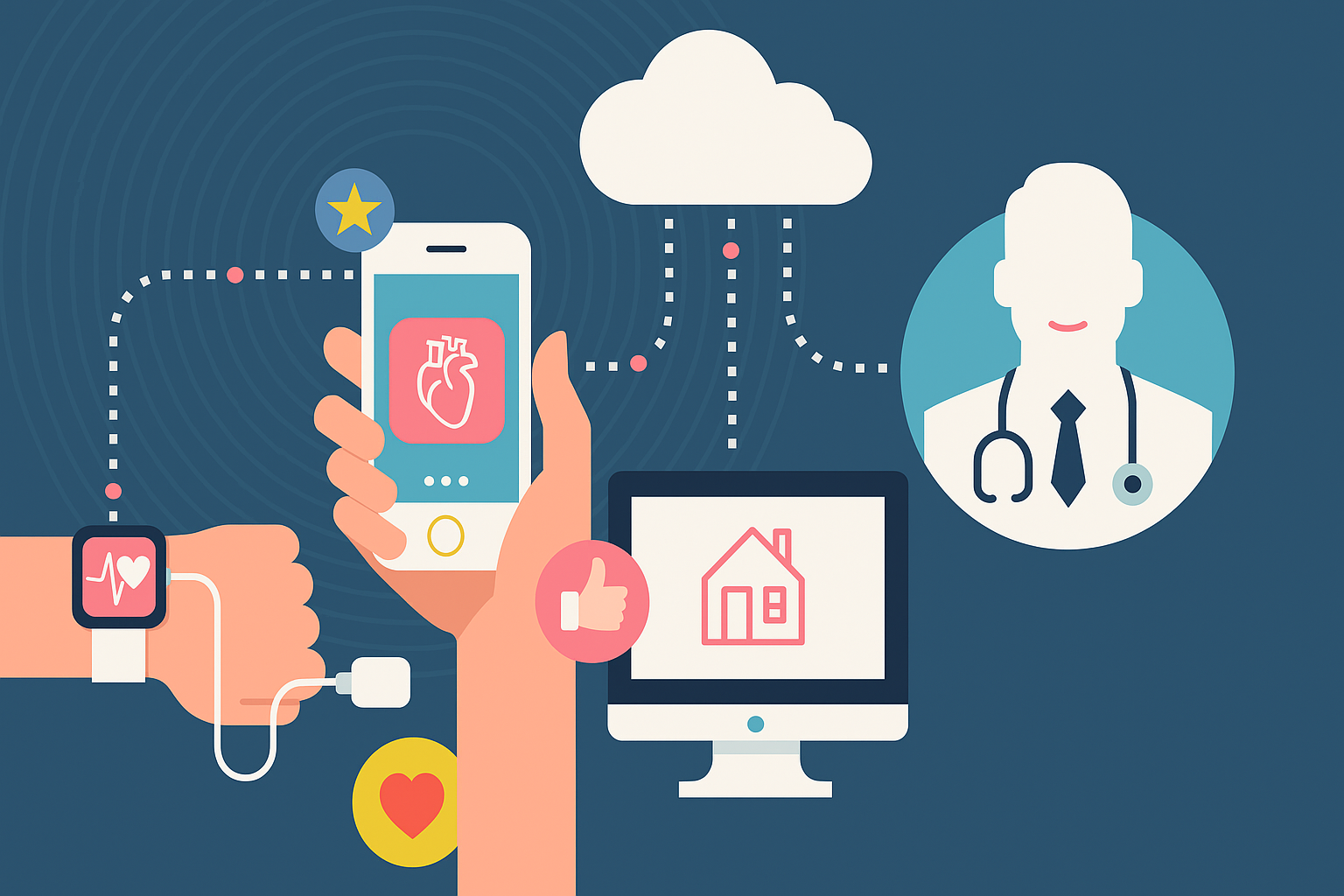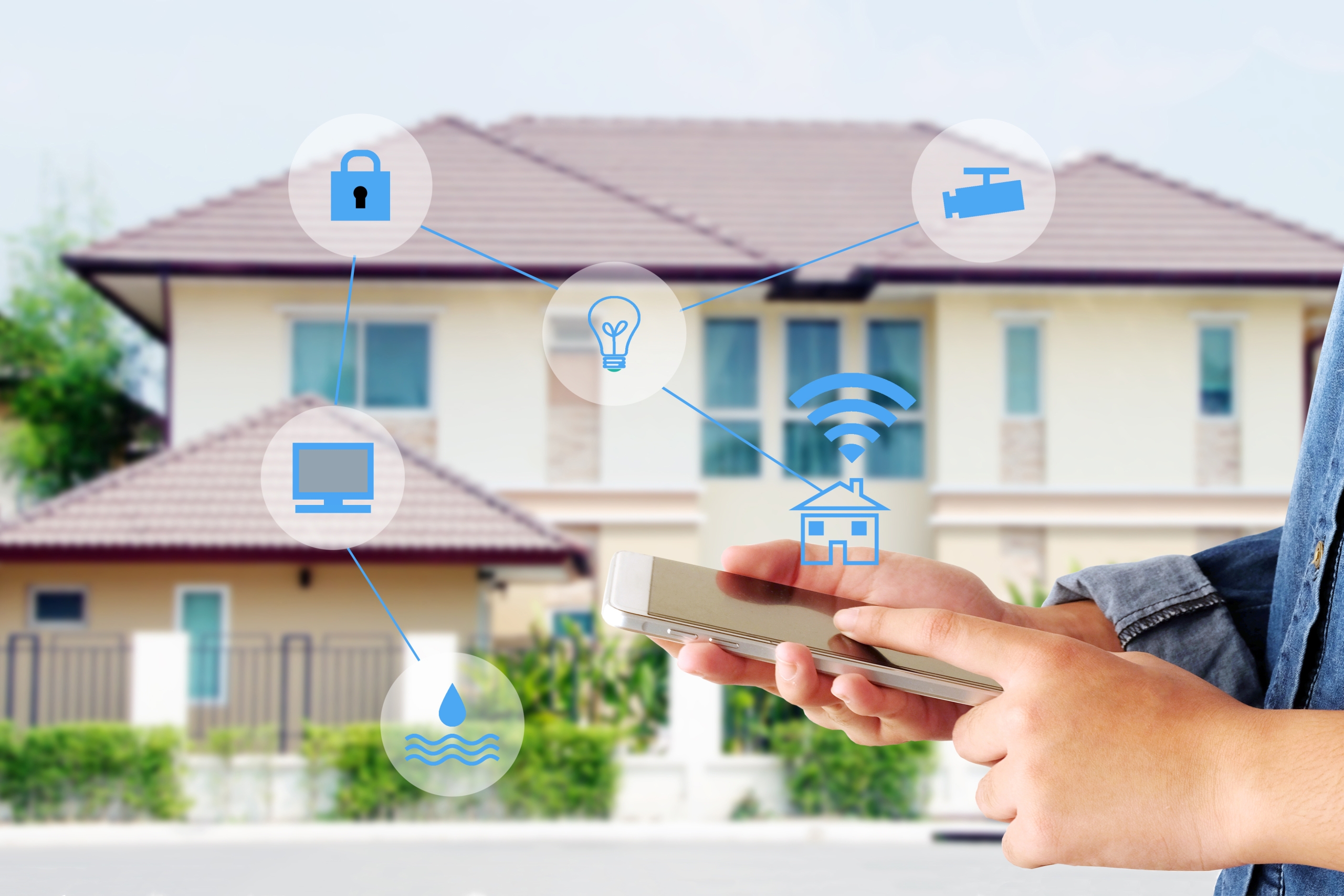Internet of Things (IoT) is not only impacting edge devices but also completely transforming industries through new business models. Specifically, the health care, logistics, and real estate industries are prime opportunities for early adopters. IoT is poised to be the next frontier of artificial intelligence (AI) implementation. As the energy efficiency of edge AI devices improves, so does the potential of new use cases for AI.

All leading market research firms indicated that the IoT market is expected to almost triple from 9 billion in 2020 to tens of billions by 2030. As we prepare to deploy billions of wireless edge devices, energy efficiency and battery life become vital challenges to solve. Recent advancements in microprocessor technology and energy efficiency have helped us find more innovative use cases for IoT applications, such as wearables for wellness management, hearables for remote health monitoring, and wireless sensors for industrial automation. Battery life that can be measured in weeks, months, and even years helps us truly harness the potential of edge intelligence.
What Is IoT and Why Does it Matter?
Many consumers are already used to IoT-enabled products, such as smart home devices, smart speakers, smart utility meters, and more. But what is IoT all about, and why does it deserve all the hype and attention? In essence, IoT has enabled us to connect devices, or in other words, “things,” to establish data harvesting and embed AI into the edge devices. By embedding wireless sensors to the edge devices, and building connections through the IoT network, we can enhance our daily lives and productivity with products and services that not only free our hands but also add computing power for other tasks. Voice command and predictive maintenance for a building or production lines are some examples of possible applications.
Health Care: Improving Patient Experience and Proactive Care
IoT solutions have empowered consumers to take control of their health and wellbeing with real-time health insights. There are also several useful applications available for health care professionals, ranging from preventive care and patient monitoring applications to diagnostic tools. While AI and humans both make errors, combining the “know-how” of a medical expert and the computation power of an AI diagnostic tool significantly improves the accuracy of the diagnosis. These achievements are encouraging to say the least. Still, IoT solutions in the health care sector also allow the health care providers to offer a more personalized patient experience and proactive care.

The point of all technology and innovation is to improve the quality of life and to offer practical solutions. In the case of health care, IoT and edge AI can help us understand health and wellbeing at a deeper level and empower consumers to make informed decisions. The power to make informed decisions has encouraged consumers to adopt wearables and health trackers, which explains the rapid growth (18.1%) of this market segment.
Logistics: Improving Visibility in the Supply Chain
Unexpected events, such as machine malfunction, or a sudden peak in demand, can cause global supply chain issues and even negatively affect a business. But what if intelligent edge devices could alert us on issues beforehand or give us real-time information for troubleshooting sudden problems? IoT and intelligent edge devices could play an important role in eliminating food spoilage with temperature monitoring and sharing information on current demand and supply. Wireless edge devices can also help us trace shipments or even practice effective contact tracing to avoid large-scale closures amid a COVID-19 outbreak.
In short, IoT is transforming the logistics industry by giving us a whole new level of visibility in the supply chain. Predicting demand, predictive maintenance, early intervention, and enhanced contact tracing capabilities will help us make better business decisions and minimize potential downtime.
Real Estate: Developing Greener and Cost-Effective Solutions

With 55% of the US households expected to own a smart assistant by 2022 and the rapid advancements in IoT technology, smart homes are becoming part of our reality. From smart utility meters to fully self-sufficient and self-regulating commercial buildings, such as the edge, intelligent edge devices are transforming the future of the residential and business real estate industry. The number of smart homes is expected to surpass 300 million by 2023, but the demand for intelligent edge devices is also increasing in the commercial and industrial building sectors. Builders are looking for greener, exclusive, and cost-efficient solutions to satisfy the needs of demanding clients. Smart buildings stand out as an attractive solution and a way of future construction.
How Ambiq Enables the Future IoT Devices
Inferencing for AI applications is a power-dense process, and therefore many of the previous IoT applications have been relying on “plugged-in” solutions and large batteries. Ambiq’s ultra-low power processor solutions and SPOT® technology provide maximum energy efficiency and extended battery life measured in weeks instead of days. Ambiq is committed to further improve the quality of life by enabling the intelligence of edge devices while reducing carbon footprints. Ambiq is your trusted partner in edge intelligence.


